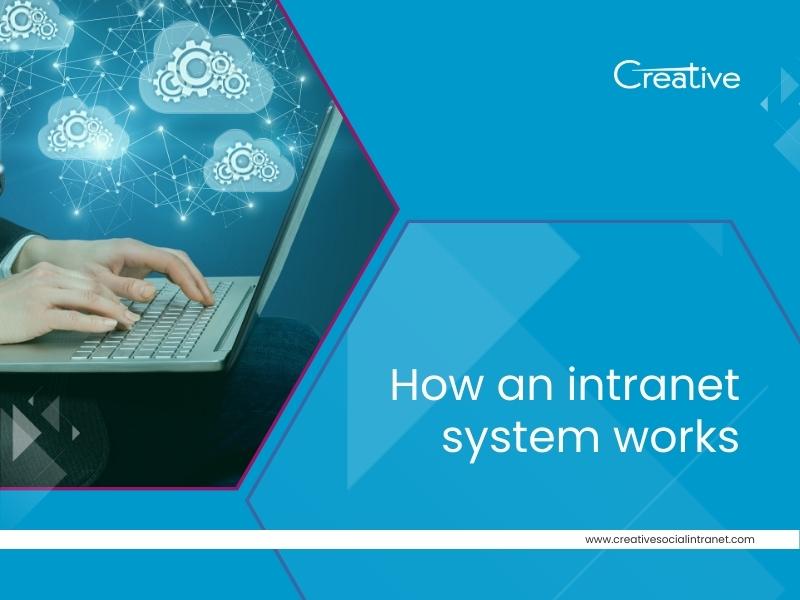Functionality of an Intranet
Date: 25-Oct-2023

It’s helpful to break down an intranet into its three main components—hardware, platform, and applications—when trying to get a feel for how it all works.
The “hardware” of an intranet is the server that houses all the apps and data employees use. When deciding how to build an intranet, business owners have three distinct “hardware” choices from which to select.
For starters, there’s the on-premises option, in which the company’s intranet resides completely on a server located within the company’s own premises. On-premises intranet solutions typically require a dedicated team of employees to oversee its upkeep, including regular updates and backups. However due to the difficulty of upkeep, no company today uses this model unless it is huge or not bound by industry standards.
Many organizations are forgoing traditional intranets in favor of cloud-based or hybrid alternatives. Given that intranets use the same protocols as the Internet, users can log in from any connected device by obtaining a portal and entering their credentials (username and password, for example).
Everything else in an intranet is built upon and engages with a software component known as an intranet platform. The most effective platforms make it easy for a company’s various forms of communication, collaboration software, and data storage to all work together, as needed.
For instance, with Creative Social Intranet, users can freely adjust settings and alter appearance to produce an intranet that serves their specific needs.
In order for an intranet to be useful, it must provide its users with the appropriate intranet applications. These are the computers and related technologies that workers use to complete their tasks, exchange information and ideas, and collaborate with one another.
Just getting these parts to play nice with one another is only half the battle when building a functional intranet. In order for an intranet to be successful, it must meet the needs of the staff and be easy to navigate.
ENGAGEMENT DRIVE PERFORMANCE